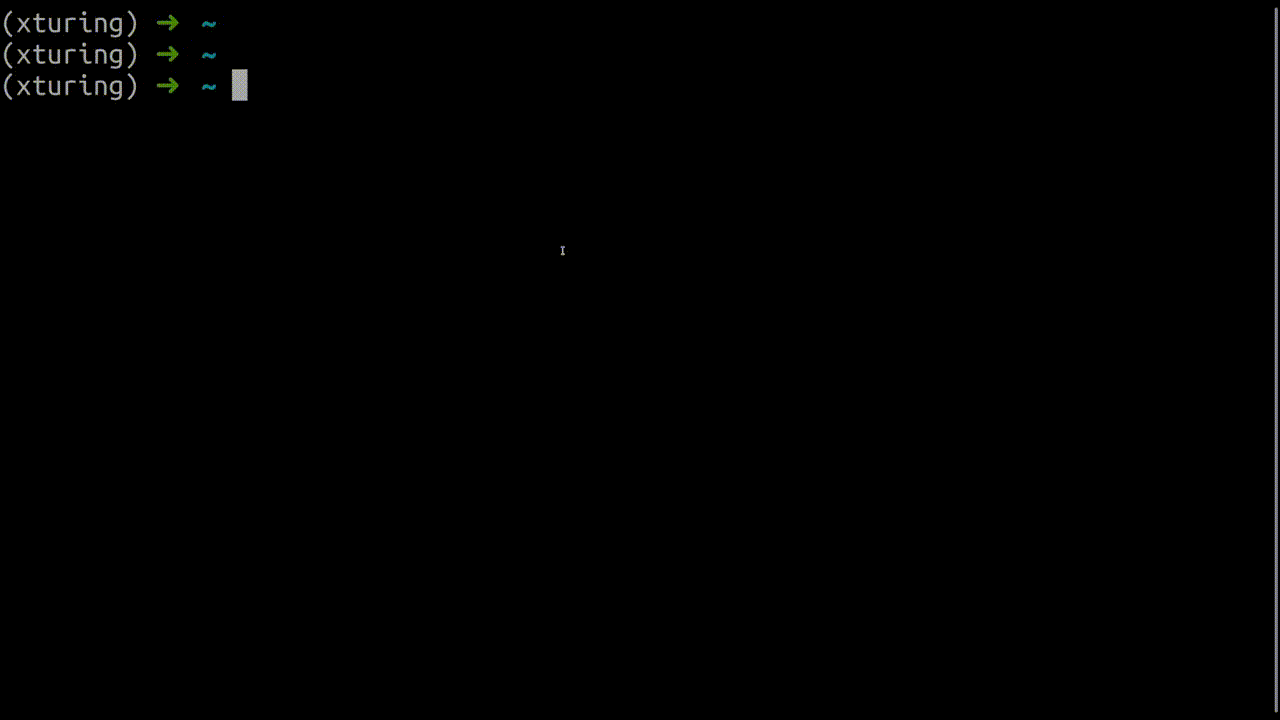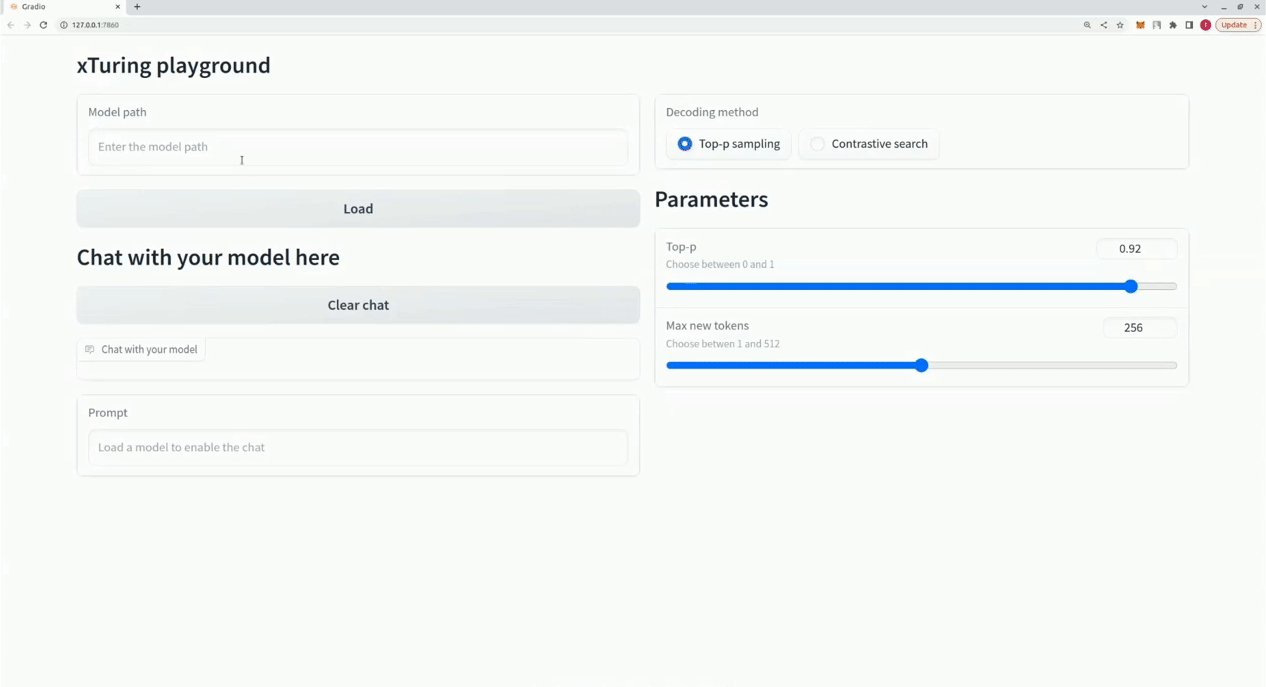xturing provides fast, efficient and simple fine-tuning of LLMs, such as LLaMA, GPT-J, GPT-2,
OPT, Cerebras-GPT, Galactica, and more.
By providing an easy-to-use interface for personalizing LLMs to your own data and application,
xTuring makes it simple to build and control LLMs.
The entire process can be done inside your computer or in your private cloud,
ensuring data privacy and security.
With xturing you can,
- Ingest data from different sources and preprocess them to a format LLMs can understand
- Scale from single to multiple GPUs for faster fine-tuning
- Leverage memory-efficient techniques (i.e. LoRA fine-tuning) to reduce your hardware costs by up to 90% of the time
- Explore different fine-tuning methods and benchmark them to find the best performing model
- Evalate fine-tuned models on well-defined metrics for in-depth analysis
pip install xturingfrom xturing.datasets import InstructionDataset
from xturing.models import BaseModel
# Load the dataset
instruction_dataset = InstructionDataset("./alpaca_data")
# Initialize the model
model = BaseModel.create("llama_lora")
# Finetune the model
model.finetune(dataset=instruction_dataset)
# Perform inference
output = model.generate(texts=["Why LLM models are becoming so important?"])
print("Generated output by the model: {}".format(output))You can find the data folder here.
- Preparing your dataset
- Cerebras-GPT efficient fine-tuning with LoRA and INT8
- Cerebras-GPT efficient fine-tuning with LoRA
- LLaMA efficient fine-tuning with LoRA and INT8
- LLaMA efficient fine-tuning with LoRA
- LLaMA fine-tuning
- GPT-J efficient fine-tuning with LoRA and INT8
- GPT-J efficient fine-tuning with LoRA
- Galactica efficient fine-tuning with LoRA and INT8
- Galactica efficient fine-tuning with LoRA
- OPT efficient fine-tuning with LoRA and INT8
- OPT efficient fine-tuning with LoRA
- GPT-2 efficient fine-tuning with LoRA
Here is a comparison for the performance of different fine-tuning techniques on the LLaMA 7B model. We use the Alpaca dataset for fine-tuning. The dataset contains 52K instructions.
Hardware:
4xA100 40GB GPU, 335GB CPU RAM
Fine-tuning parameters:
{
'maximum sequence length': 512,
'batch size': 1,
}| LLaMA 7B | DeepSpeed + CPU Offloading | LoRA + DeepSpeed | LoRA + DeepSpeed + CPU Offloading |
|---|---|---|---|
| GPU | 33.5 GB | 23.7 GB | 21.9 GB |
| CPU | 190 GB | 10.2 GB | 14.9 GB |
| Time per epoch | 21 hours | 20 mins | 20 mins |
Please submit your performance results on other GPUs.
We have already fine-tuned some models that you can use as your base or start playing with. Here is how you would load them:
from xturing.models import BaseModel
model = BaseModel.load("x/distilgpt2_lora_finetuned_alpaca")| model | dataset | Path |
|---|---|---|
| DistilGPT-2 LoRA | alpaca | x/distilgpt2_lora_finetuned_alpaca |
| LLaMA LoRA | alpaca | x/llama_lora_finetuned_alpaca |
- Support for LLaMA, GPT-J, GPT-2, OPT, Cerebras-GPT, Galactica and Bloom models
- Dataset generation using self-instruction
- 2x more memory-efficient fine-tuning vs LoRA and unsupervised fine-tuning
- INT8 low-precision fine-tuning support
- Supports OpenAI, Cohere and AI21 Studio model APIs for dataset generation
- Added fine-tuned checkpoints for some models to the hub
- Evaluation of LLM models
- Support for Stable Diffusion
If you have any questions, you can create an issue on this repository.
You can also join our Discord server and start a discussion in the #xturing channel.
This project is licensed under the Apache License 2.0 - see the LICENSE file for details.
As an open source project in a rapidly evolving field, we welcome contributions of all kinds, including new features and better documentation. Please read our contributing guide to learn how you can get involved.




